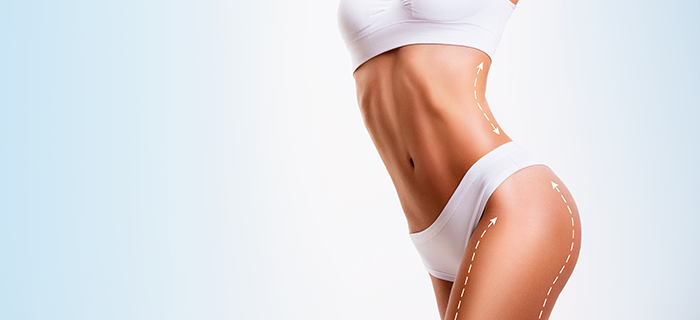Liposuction

Liposuction
Perceptions of beauty have undergone many changes troughout the millennia. The body types appreciated by the Egyptian and Greco-Roman civilizations have persisted througout the ages, whereas the rounded forms idealized by Rubens are not considered ideal today. Liposuction (suction-asisted lipectomy) can be defined as an aesthetic procedure that removes subcutaneous fatty tissue from the body in an attempt to bring the body into conformity with current perceptions of attractiveness. The focus of body contour procedures is the body unequal distrubition of fat, its overabundance in some areas and absence in others.
The patients usually have explored nonsurgical alternatives to liposuction before their first appointment with aesthetic surgeon. Patients report that they have followed strenous diet and exercise regimens, attempted to hide their appearance, and avoided embarrasing social situations with increasing frustration and lowered self esteem. Disproportionately deposited pockets of genetically determined adipose tissue do not respond even to unhealthy extremes in diet and exercise.
Liposuction (suction-assisted lipoetomy) consist of the removal of body fat using a device called a cannula that aspirates fat cells by suction. This procedure is effective in removing exess fat of the face, chin, arms, axillary breasts, abdomen, hips, trochanteric area (saddle bags), thighs, knees and ankles. There are limits to amount of the fat that can be removed and the degree of body sculpturing that can be accomplished with liposuction. However, in patients with abnormal deposition of fat liposuction is extremely helpfull in enhancing appearance.
Liposuction is effective in most patients who have good skin elasticity because the skin contracts after the fat has been removed. In most areas of the body where abnormal collection of fat have developed, liposuction has been beneficial in recontouring the area. Older patients and others with poor tissue elasticity may benefit from liposuction in conjunction with traditional body contour methods, such as facelift, abdominoplasty and thighplasty.
Liposuction is performed through small stab incisions (3 mm) A cannula is inserted into a layer of fat under vacuum extracts fat only while the surgeon strokes the cannula. Today smaller diameter cannulas (1,5mm to 4 mm) are preffered to decrease the probability of irregularities. Recently with the delivery of local anesthetic -epinephrine containing fluids into the fat layers before aspiration, liposuction can be performed with a considerable reduction in blood loss and large amount of fat can be aspirated without necesitatating blood transfer.
Most liposuction is now performed as an outpatient procedure under sedation or general anesthesia. Majority of patients can be sent to home a few hours after the surgery. If large amount of fat is removed (more than 5 liters) the patient is discharged from hospital in the next morning following the operation
With the use of local aneshetic solutions pain is minimal and can be controlled with anargesics. A special elastic girdle or binder is applied at the end of surgery to reduce postoperative edema and bruising. The patient may shower 48 hours after surgery, removing the girdle. The patients are advised to wear the elastic girdle 2-3 weeks. The patient may return to daily activities and work in a few days. Exposure to full sunlight should be avoided and suctioned areas should be covered until bruising has subsided, generally for 6-8 weeks. Sunscreens should be applied liberally.